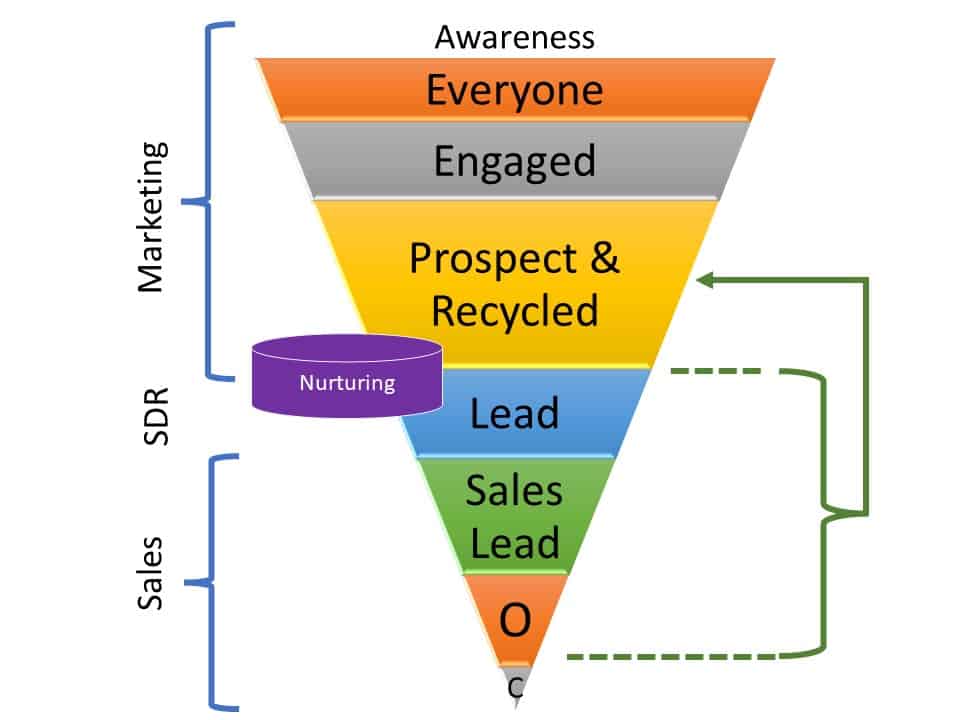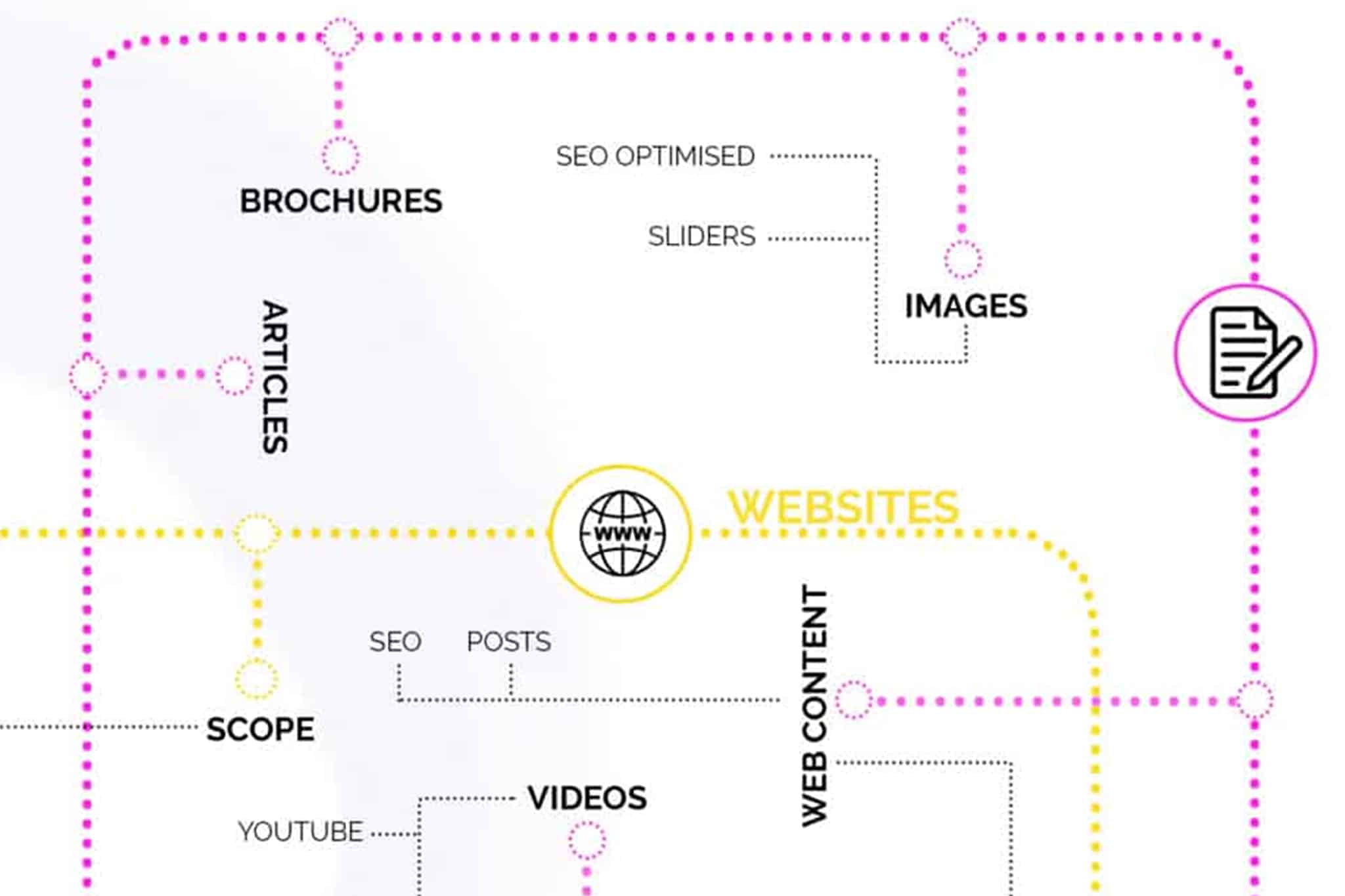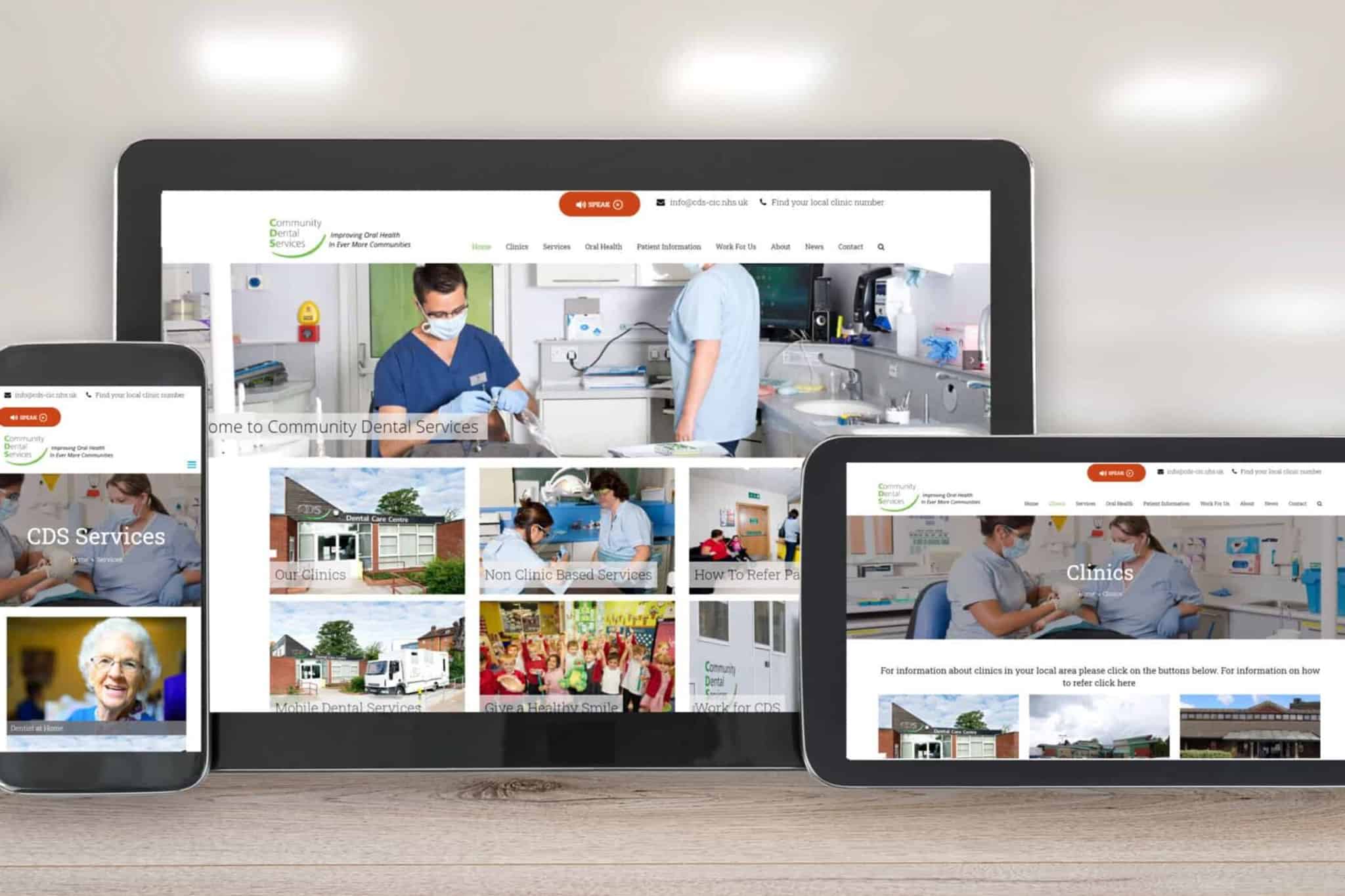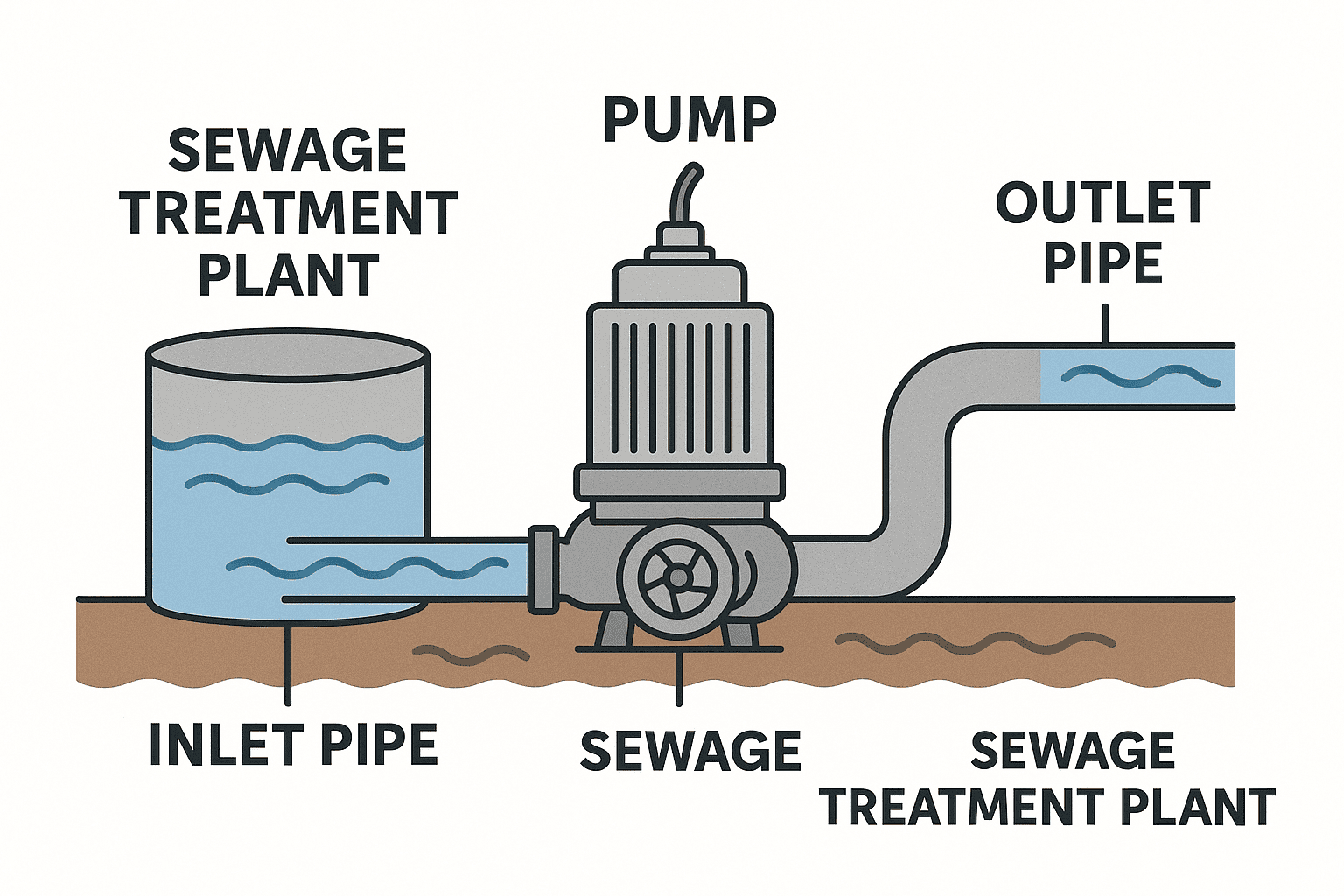Marketing Revenue Analytics
To perform well in today’s changing marketplace, marketing must begin to operate and sound more like sales. Marketing must “manage a predictable, reliable funnel with a plan that ultimately produces higher value leads and maximizes revenue. In this article we look at Marketing Revenue Analytics.
”Today’s successful marketing has evolved beyond the language and approaches of traditional marketing. It most certainly isn’t the crayoning department
The term “Revenue Marketer™” was coined back in early 2000 Group to describe this new breed of marketing. Revenue Marketing use the language of business to describe contributions with metrics that measure pipeline, opportunities, and revenue. By measuring what matters to a MD – and talk about these metrics in terms the management board can understand and evaluate. At any given moment, with Revenue Marketing you know how key marketing metrics stack up against their targets, and what they plan to do to improve their results
Perhaps the most important metrics for building marketing’s credibility are the metrics that show marketing’s aggregate impact on revenue. Some old-fashioned marketers say that marketing isn’t responsible for revenue. We would disagree and suggest that in today’s online, website, digital and social world, marketing is responsible for up to 70% of the entire buying process.
This means marketing and sales need to rethink how they work (and work together) to generate revenue. This new way of working requires new metrics and analytics. This new measurement process is ‘Marketing Revenue Cycle Analytics’, and this new way of collaborative marketing and sales working ‘Marketing and Sales Revenue Performance Management’.
Defining The Revenue Cycle In Marketing Revenue Analytics
The first step in Revenue Cycle Analytics is to define the stages of the revenue cycle, starting with potential buyer awareness and moving through marketing and sales to closed business and beyond.
When marketing and sales collaborate to formally define each stage, as well as the business rules that determine a prospect’s movement from one stage to the next, they create the foundation for a comprehensive set of robust revenue metrics. This collaborative and integrated approach leads to a fully measurable and implementable marketing and sales action plan.
A methodology for marketing and sales
Defining the stages of the revenue cycle requires a new revenue methodology. Traditional sales methodologies such as SPIN Selling – Situation, Problem, Implication and Need Payoff and Miller Heiman provide standard benchmarks and best practices for the sales function, and these sales methodologies form the basis for the best sales analytics.
At their core, these methodologies break the sales cycle into stages and allow the sales manager or account manager to track movement through the stages. This then lets them answer key questions such as “how long is the sales cycle?” and “how much pipeline coverage will help me hit my targets for this quarter?” . Now this second
Traditionally, marketers have not applied the same level of rigor to their portions of the revenue cycle. This is unfortunate, since it is the only way marketers will be able to understand how their activities move prospects forward. Bearing in mind many marketing people never actually engage with prospects or customers this is hardly surprising
That is why the process of Marketing and Sales Revenue Cycle Analytics has clearly defined stages and clear rules for how prospects move through the stages over time.
Marketing Revenue Analytics
Different companies will make different decisions about what definitions best suit their marketing revenue cycles. You need to create stages that best suit your product / services, your people and your business aspirations. I have showcased here for example, a SME manufacturing companies definitions. The methodology behind these definitions is in part responsible for their progress from being a reactive, non marketing / sales company
- Everyone – This is the entry point for everyone. This stage“ is purposely called “Names” because these individuals are not leads when they first enter the funnel.
- Engaged – This definition applies to those who show real engagement, such as attending a trade show talk, webinar, downloading content from our website, or clicking an email that we send. At this stage, we filter out the names that haven’t engaged with us as a brand, such as those who simply threw business cards into our bowl at a trade show
- Prospect – This stage refers to qualified prospects that could buy one day, but aren’t yet ready for engagement with sales. “Qualified” denotes the right kind of person at the right kind of company, as determined by our “fit” scoring rules. This is the first metric that we report to fellow executives and the board. As with all matters timing is everything so the prospect is right for us, its just that timing isn’t
- Lead – These marketing-qualified leads are prospects that show enough behavioural engagement or buying intent that we want to proactively call them and engage in relationship building
- Sales Lead – These leads have been qualified as “sales-ready” by someone in sales / with a sales remit who is responsible for sales qualification
- Opportunity – The sales team has accepted these leads and added them to the pipeline as a deal they are actively working. Now at this point the wheat has been sorted from the chaff, so these “opportunities” need to be managed and progressed by sales
- Customer – At this stage we have made the sale and received payment, closing the deal and winning new customer business. (These customers are then passed on to a new revenue cycle for upsell and retention.)
Three Categories of Revenue Stages
Your company may use only a few revenue stages, or you may model something more sophisticated. It doesn’t matter how many specific stages you choose as there are only three categories of stages
- Inventory Stages
- An inventory stage is a “holding pool” where leads and accounts can sit for an unlimited amount of time until they’re ready to move to another stage.
- Common examples of inventory stages include the prospect pool, where leads are nurtured until they are sales-ready; active opportunities are not yet committed to a certain timeline.
- A gate stage
- A gate stage is a simple qualification check with no time dimension.
- Assume your company only wants leads from UK companies in the food processing sector. In the gate stage, a lead will move forward if his/her company meets these criteria. If not, the lead is disqualified.
- Note it doesn’t hurt to disqualify a lead. We see so many manufacturing companies take on board work / clients that are outside of core competences. Ultimately this actually proves to be negative to their business development.
- Service Level Agreement Stages (SLA)
- These stages denote a defined time period in which a lead must be evaluated before moving forward or be eliminated from the process.
- When a lead is deemed “sales-ready,” it can become a “marketing-qualified lead.” The appropriate sales representative has fourteen days to contact the lead and choose to accept the lead, disqualify it, or recycle it back for further nurturing.
- If a lead stays in this stage for over fourteen days, it becomes “stale,” which can trigger a process that alerts sales management or even reassigns the lead to a different sales rep.
Revenue Stage Model Best Practices
A best-practice revenue stage model is based on three fundamental principles:
Typically “Good” Sales resources are expensive. (i.e. worth their weight in gold but need to doing the right things)
- To provide the highest value, sales should not engage with prospects until prospects are ready to engage with sales.
- Sales interactions should start relatively late in the pipeline, once leads are well qualified,
- Where possible use lower cost channels such as marketing to develop relationships with everyone else.
- Important – trying to use lower cost resources doesn’t mean that this work should be carried out by unqualified inexperienced staff
Adopt a “Marketing Mantra” of “No lead left behind.”
Don’t let potential customers end up in “lead void.” Implement SLA stages wherever possible to ensure your leads either flow forward or are recycled back to marketing.
Keep your inventory stages to a minimum so prospective customers don’t sit idle.
A prospect’s journey from initial awareness to customer is often non-linear.
Sometimes leads originally deemed “sales-ready” are not. There are many circumstances that can lead to this occurring budget changes, when a pandemic strikes, 3rd party issues. Because no lead should ever remain stagnant in the system, these leads should be recycled back to marketing for nurturing. This is why the recycling stage is so important and a stage that is often missed or badly executed
Detours
Of course, not all leads follow a linear success path, so make sure your model also defines “detour stages” to capture leads that are not qualified, or that require a few rounds of nurturing before they’re sales-ready. Additionally you may get the complete curveball when from no where at lightening speed an unknown becomes a customer, short circuiting the stages. These things happen, there is a need to ensure that marketing and sales processes are followed
Detour Stages
- Disqualified – names marked as not in profile
- Inactive – Prospects who are non-responsive over the last six months
- Recycled – Qualified leads in need of more nurturing
- Lost – Lost or deferred opportunities (ongoing nurturing)
Transition Rules
As the final step in formulating your marketing revenue stage model, you need to define the business rules that govern how and when your prospects move from one stage to another. This includes how your leads move from the traditional success path to various detour stages and back again. For example:
- A person may move from Engaged to Prospect if their company requires “technology Xx” and belongs to one of your target industries.
- A Prospect may become a Lead when their Lead Score reaches a certain level.
- A Prospect may become Inactive if they don’t respond to a campaign or visit your website in more than six months.
- An Inactive Lead may move back to Prospect status if they respond to a new marketing campaign
Looking at Revenue Provides Benefits Beyond Analytics
A marketing revenue cycle model creates a common language the entire business can use to
- measure results,
- understand the status of any prospective customer, and
- define the actions required from each department.
Based on this, Sales and Marketing can better coordinate their activities and ensure alignment throughout the revenue cycle.
A revenue stage model also provides operational benefits that improve lead management processes and can help you:
- Customise lead nurturing based on each prospect’s location in the cycle and automatically move prospects between nurturing tracks as they move through the funnel.
- Adjust lead scoring rules and sales alerts by stage. For example, you might be interested if an early-stage prospect visits your pricing page, but expect it from a late stage opportunity.
- Note – this is where having the correct website measurement tools in place becomes important
- Trigger campaigns and sales actions as prospects transition from stage to stage. This article on digital marketing strategy looks at this issue
- Define service level agreements for how long a lead can stay in certain stages, and automatically send alerts and trigger campaigns when leads go stale. For example, you can reassign a lead if no sales action is taken within a specific time.
Marketing Revenue Analytics That Matter
The larger your flow in any given stage, the more meaningful these metrics become.
Companies that sell a lot of deals at lower price points will find more significance in their conversion metrics and flow than companies that sell fewer deals of greater size.
But even companies in the latter scenario will find meaningful flow and results data at the early stages of their funnel. In this case, digging into your earlier stages can serve as a valid proxy for marketing ROI.
For example, as a manufacturing company that only closes several deals per quarter. You may find it more meaningful than a company closing many deals to measure marketing’s results on qualified leads generated rather than measuring closed business. Especially where this can be related to the ROI of specific programs.
With the model in place, marketers can begin to explore the four key “metrics that matter”:
#1: Flow (Lead Generation)
- Answers questions such as How many people entered each stage in a given period? Are these trending up or down?
- Examples – How many new prospects were created last month, and how many marketing qualified leads did we pass last week?
#2: Balance (Lead Counts)
- How many people are in each pipeline stage? How many accounts? How does that vary by lead type? Are the balances going up or down over time?
- A company example would be – How many active prospects do I have –since the size of my target prospect database is a key leading indicator of future success?
#3: Conversion
- Answers marketing / sales questions like – What is the conversion ratio from stage to stage? Which types of leads have the best conversion rate?
- E.g. Which (if any) of my conversion rates are trending up or down?
#4: Speed
- What is the average “revenue cycle” time? How does it break down by stage
- Do certain types of leads move faster through the pipeline? How is their speed changing over time?
This is where critical insight can be gained in measuring and optimising marketing’s aggregate impact on revenue.
Drilling in by Lead Type
Different types of leads will move through the revenue stages differently. Some will have better conversion rates than others, some will convert faster than others. This is why analysing Marketing Revenue Cycle become even more powerful when you can drill into the metrics that matter (balance, flow, conversion, speed) by lead type.
Important Lead Type Variables
A Lead Type is any specific category of leads that may move through the revenue cycle differently. Examples include:
Lead source: Typically leads generated from pay-per-click will usually convert faster than leads from purchased lists. This is simply because these are leads that are actively searching for a solution
Company size: Leads from large enterprises may convert more slowly than SME leads. Within an SME a decision can be made rapidly, if the MD wants it then it happens. Within a larger business there are purchasing protocols to be navigated
Division: Whether your divisions are by geography, business unit or both, the leads from each division will likely behave differently.
Other examples might include industry, product line, or channel source. Drilling in by lead type is a great way to make better marketing investment and mix decisions. Not only can you compare the differences between your conversion rates, velocities, and your investments required for each lead type. You will also be able to track what is trending up and down.
Simple marketing idea, if your leads for a certain source or product are converting faster than others, it may be a sign to invest more in that area
Revenue Performance Marketing Management Analytics
Revenue Performance Management (RPM) is a strategy to optimize interactions with buyers across the revenue cycle to accelerate predictable revenue growth.
Its about transforming how marketing and sales work, and importantly work together. For many companies this is a “radical” approach and move away from the silo mentality that exists even in smaller companies. It requires a new set of metrics that focus not on how marketing or sales is performing, but on the overall effectiveness and efficiency of the end-to-end revenue engine.
The best way to measure the overall effectiveness of your revenue engine is to measure total revenue (or gross margin) generated divided by the total spend on marketing and sales.
This metric, more than any other, provides an accurate measure of your revenue engine’s efficiency. With an RPM mindset in place, companies begin to realize that the most important marketing metrics are really about sales effectiveness. In other words, the most important questions you can answer about marketing’s results are:
- What effects are marketing’s investments having on sales’ effectiveness and productivity?
- How are marketing’s activities lowering the total expense-to-revenue ratio for sales and marketing combined (e.g. how is marketing improving the net revenue engine effectiveness)?
When you no longer focus on marketing in isolation, but rather on how marketing impacts sales productivity, you will gain a much more comprehensive view of your activities’ true ROI.
With this in mind, here are some additional metrics that effective RPM marketers can add to their own dashboards:-
- Average selling price – The average selling price of goods or commodities is the average price at which a particular product or commodity is sold across channels or markets
- Sales cycle times – Sales Cycle Length is the amount of time that passes between the first touch with a prospective customer and the closing of the deal. Businesses use the average sales cycle length to create sales forecast
- Sales productivity – Sales productivity is the ratio of effectiveness (outputs) versus efficiency (inputs). In layman’s terms, it means maximizing sales results while minimizing resources expended, such as cost, time, and effort
- Win rates – The percent of opportunities proposed or quoted that the organization won
- Time to ramp a new sales rep – At its simplest, sales ramp up time is the time it takes to from the day a new seller is hired until the day they reach full productivity. Even for experienced, seasoned sales reps, it takes time to learn a new sales process and/or methodology, key buyers and their pain points, and the product they are selling
Marketing Revenue Analytics
If you would like to know more about marketing metrics and analysis contact Andrew Goode MBA, MSc, FCIM Click here to arrange a call
These additional articles on marketing metrics may provide additional insight. Marketing metrics and analytics, marketing ROI Planning and Marketing Measurement Metrics










